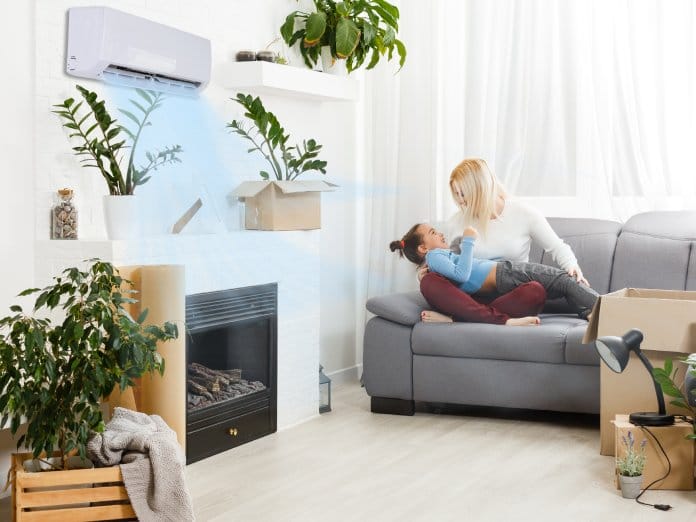Breathing fresh, clean air is vital for our health and well-being. While we often think about outdoor pollution, the air inside our homes can also face the risk of contamination. Everyday activities and common household items can release dust, allergens, and other particles into the air. Fortunately, there are many simple and effective ways to improve the air quality in your living spaces, creating a healthier environment for you and your family.
Increase Ventilation and Airflow
One of the easiest ways to improve indoor air is to let fresh air in. Stagnant air traps pollutants, so promoting circulation is key. Open windows across your home for at least 5-10 minutes each day to allow outdoor air to cycle through your home. This simple habit helps flush out accumulated contaminants and refresh your indoor environment.
Using fans can also make a significant difference. Turn on exhaust fans in your kitchen when cooking and in your bathroom during showers to pull mold-causing moisture out. Ceiling or box fans can help circulate air throughout a room, preventing it from becoming stale.
Keep Your Home Clean
A regular cleaning routine is essential for managing dust and allergens. Dust surfaces with a damp cloth or dust wand to trap particles instead of just moving them around.
Vacuum your floors and carpets at least once a week, preferably with a vacuum cleaner that has a HEPA filter. These filters are designed to capture even the smallest particles, preventing them from leaking back into the air. Don’t forget to wash bedding, curtains, and other textiles regularly, as they can also harbor dust mites and pet dander.
Introduce Air-Purifying Equipment
Certain additions to your home can actively help clean the air. Air purifiers equipped with HEPA filters are excellent for capturing airborne particles like pollen, pet dander, and mold spores. They are particularly useful for individuals with allergies or asthma. Additionally, consider using a dehumidifier in damp areas of your home to reduce moisture that can lead to the growth of mold and mildew, further promoting cleaner air.
Limit Indoor Air Pollutants
Remember that indoor air quality is linked to odor, and you can manage it by removing and limiting the source of the pollutants. Many common household items contribute to indoor air pollution. Products like paints, cleaning supplies, and air fresheners can release volatile organic compounds (VOCs) into your home.
To minimize these pollutants, opt for low-VOC products whenever possible. Ensure good ventilation and avoid smoking indoors, as secondhand smoke is a major source of harmful particles. Regularly check and maintain gas appliances to prevent leaks and ensure proper combustion.
By taking simple yet effective steps to reduce indoor air pollutants, you can create a healthier living environment and improve air quality. Prioritizing ventilation, choosing low-VOC products, and maintaining your home’s appliances are key actions that contribute to improved indoor air quality and overall well-being.







